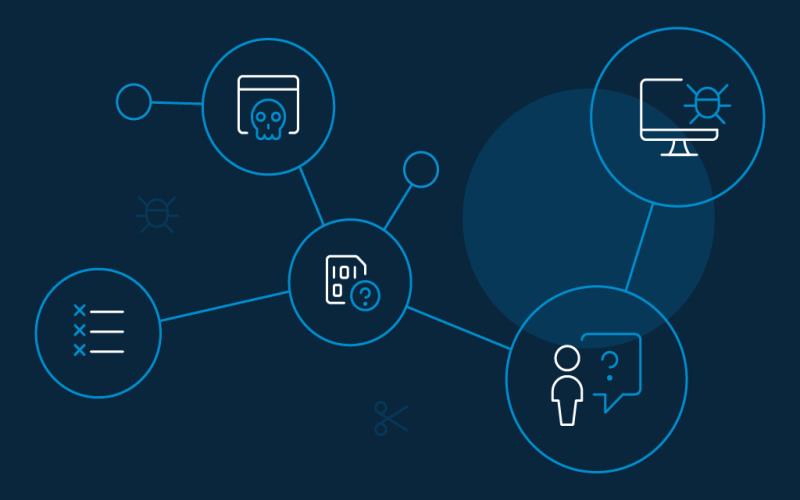Identity and Access Management (IAM) is the practice of managing digital identities and controlling access to digital resources. It is a critical aspect of modern cybersecurity, as organizations increasingly rely on digital systems and services. IAM facilitates secure collaboration and efficient management of user accounts in an organization, so only eligible users can access its system.
To help organizations implement effective IAM strategies, there are several best practices they can follow.
Define access controls and authorization levels
One of the most important aspects of access and identity management is defining access controls and authorization levels. This involves identifying which users should have access to which resources and what level of access they should have. Access controls and authorization levels can be based on factors such as job roles, departments, and levels of seniority.
It is important to define access controls and authorization levels based on the principle of least privilege, which means that users should only be granted the minimum level of access required to perform their job functions. This helps to minimize the risk of unauthorized access to sensitive data and systems.
Use Multi-Factor Authentication
Multi-factor authentication (MFA) mandates that users provide two or more forms of identification to verify their identity as a security measure. This could include something they know (such as a password), something they have (such as a smart card), or something they are (such as a fingerprint).
MFA offers an added level of protection that surpasses basic password security, which is susceptible to being compromised easily. With MFA, attackers face greater difficulty in obtaining unauthorized access to systems and data as multiple forms of authentication are required.
Implement Role-Based Access Control
Role-based access control (RBAC) is a method of assigning permissions to users based on their job roles. RBAC ensures that users only have access to the resources required for their jobs and nothing more.
RBAC from many cloud IAM solutions is an effective way to manage access to resources in large organizations with many employees and complex systems. By using RBAC, organizations can ensure that users only have access to the resources that are necessary for their job functions, reducing the risk of unauthorized access and data breaches.
Use strong password policies
Passwords are a common form of authentication used in IAM, but they are also a common weak point in security. Attackers can use various methods to steal passwords, such as phishing attacks or brute force attacks.
To mitigate the risk of password-related security breaches and better identity authentication, organizations should implement strong password policies. This could include requiring passwords to be a certain length, containing a mix of upper and lowercase letters, numbers, and symbols, and requiring users to change their passwords regularly.
Monitor user activity
Monitoring user activity is an essential aspect of IAM. By monitoring user activity, organizations can detect suspicious behavior and respond quickly to potential security threats.
User activity monitoring can include tracking login attempts, tracking file and resource access, and monitoring network traffic. Organizations should also implement automated alerts for suspicious behavior, such as repeated login attempts or attempts to access sensitive data.
Review access controls and permissions
Access controls and permissions should be regularly reviewed and updated to ensure they remain appropriate and effective. This could involve reviewing user permissions on a periodic basis (such as every six months) or whenever there is a change in job roles or responsibilities.
Frequent reviews of access controls and permissions aid in tvbucetas mitigating the possibility of data breaches and unauthorized access.
Conduct regular security awareness training
Finally, it is essential to provide regular security awareness training to all employees. This training should cover topics such as password security, phishing attacks, and how to recognize and respond to potential security threats.
Security awareness training helps to ensure that all employees are aware of the risks and threats facing the organization and how they can help to mitigate those risks. It also helps to promote a culture of security within the organization, where all employees are actively engaged in maintaining the security of the organization’s systems and data.
Conclusion
In today’s digital age, identity and access management is a critical aspect of cybersecurity. By implementing effective IAM strategies, organizations can harden their cybersecurity while also facilitating secure collaboration and efficient management of user accounts. As a result, they can help organizations to achieve effective IAM and maintain the security of their digital assets.

